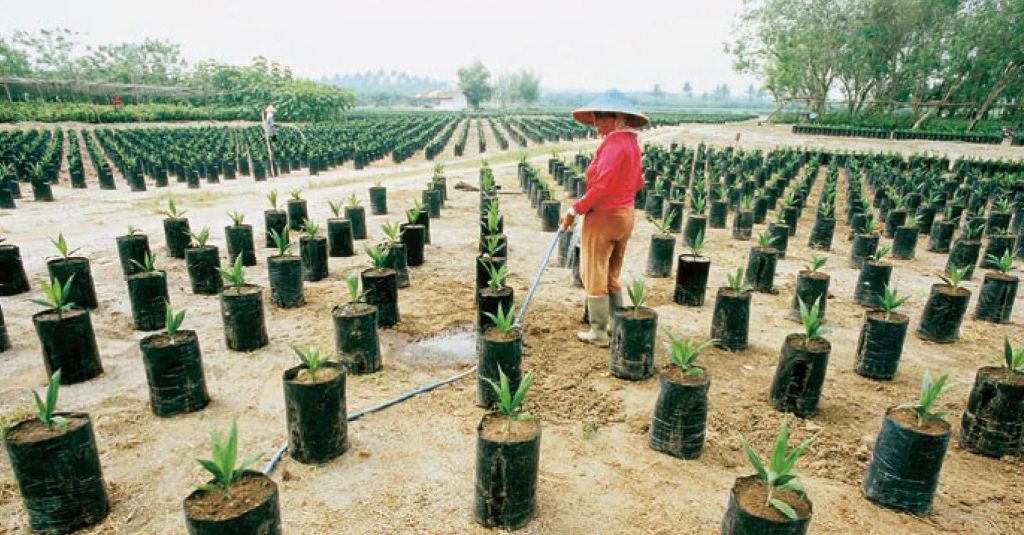Brussels, February 3 – A leaked document from the European Commission reveals plans to allow the controversial use of palm oil as a biofuel by redefining palm plantations as ‘forests’. The expansion of palm plantations is a major cause of tropical rainforest destruction.
The draft Commission guidance for EU countries also states that cutting down a rainforest and planting a palm plantation would be possible under EU laws aimed at stopping ‘unsustainable’ biofuels. [1]
Adrian Bebb, agrofuels campaign coordinator for Friends of the Earth Europe said: “This leaked document shows the disgraceful attempts to push palm oil through European laws designed to prevent destruction of the world’s forests. Allowing the expansion of palm plantations to fuel cars and lorries in Europe will have a devastating impact on the climate, biodiversity and the people who depend on forests.
“If the incoming Commission is serious about tackling climate change and halting biodiversity loss it needs to clean up the biofuels legacy and urgently ensure that forests are not sacrificed to fuel cars.”
According to the UN the rapid increase in palm oil plantation acreage is now the primary cause of permanent rainforest loss in Malaysia and Indonesia. [2]
Although European lawmakers hope to use biofuels to reduce climate-damaging emissions, the impact of expanding agriculture to grow biofuel crops is now accepted as increasing emissions. Converting rainforest to palm oil plantations, for example, would create a ‘carbon debt’ and it would take 86 years of palm oil biofuel use to repay the emissions released through the deforestation. [3]
***
NOTES:
[1] The draft EC communication is available above, or hereThe relevant article reads: 4.2.1. Continuously forested areas: “Continuously forested areas are defined as areas where trees have reached, or can reach, at least heights of 5 meters, making up a crown cover of more than 30%. They would normally include forest, forest plantations and other tree plantations such as palm oil. Short rotation coppice may qualify if it fulfils the height and canopy cover criteria. This means, for example, that a change from forest to oil palm plantation would not per se constitute a breach of the criterion. A change form short rotation coppice to annual agricultural crops could constitute a breach of the criterion.”
[2] The last stand of the orangutan, United Nations Environment program, 2007 [3] ‘Land clearing and the biofuel carbon debt’, Joseph Fargione et al, 2008






